The anatomy of the rectus abdominus: it originates from the 5th, 6th and 7th costal cartilage and the xiphoid process of the sternum, then continues to its distal pubic insertion (between the pubic tubercle and pubic symphysis).
So for working the abdomen and shortening the rectus, all that you need is a spine flexion, without involving the lower limbs in any way.
So we can easily say that when we make movements with our legs, (which varies the thigh-pelvis angle) in the absurd attempt to do ab exercises, we involve the iliopsoas.
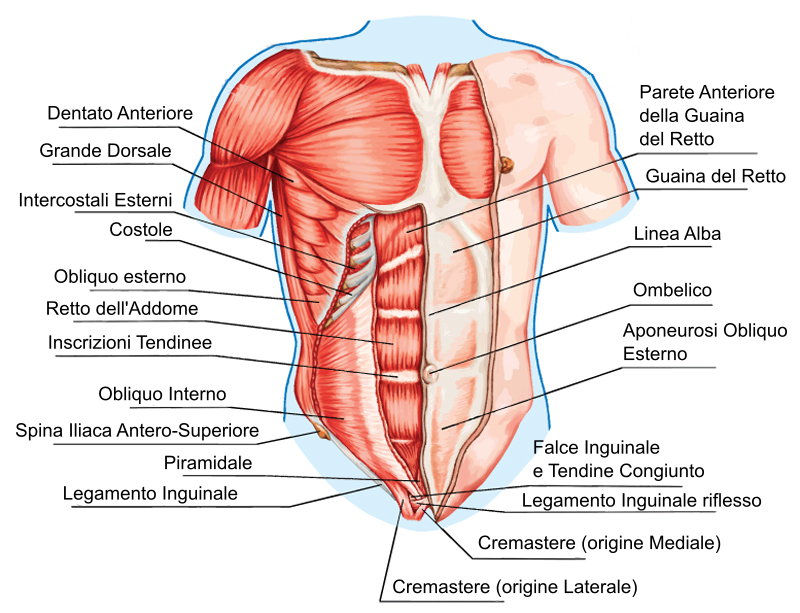
Anatomy of the abdominal muscles
What is the problem at this point?
It's one thing to train a muscle in all possible ways, it's another to substantially provoke its shortening.
And having a shortened iliopsoas (psoas major, iliacus) is not comfortable in terms of posture. The shortening of the muscles in the upright position causes both the pelvis and the lumbar part of the spine to pull forward.
This will result in the pelvis' anteversion and an accentuated lordosis.
This doesn't mean that the muscle shouldn't be trained when necessary: a football player must inevitably still use it, the important thing is stretching.
At this point, you can find some tricks below for the usual ab exercises.
Example No. 1: crunches on bosu or fitball
A simple crunch on a bosu, or fitball, but also on the ground, is a perfect exercise to work what is called the upper abs.
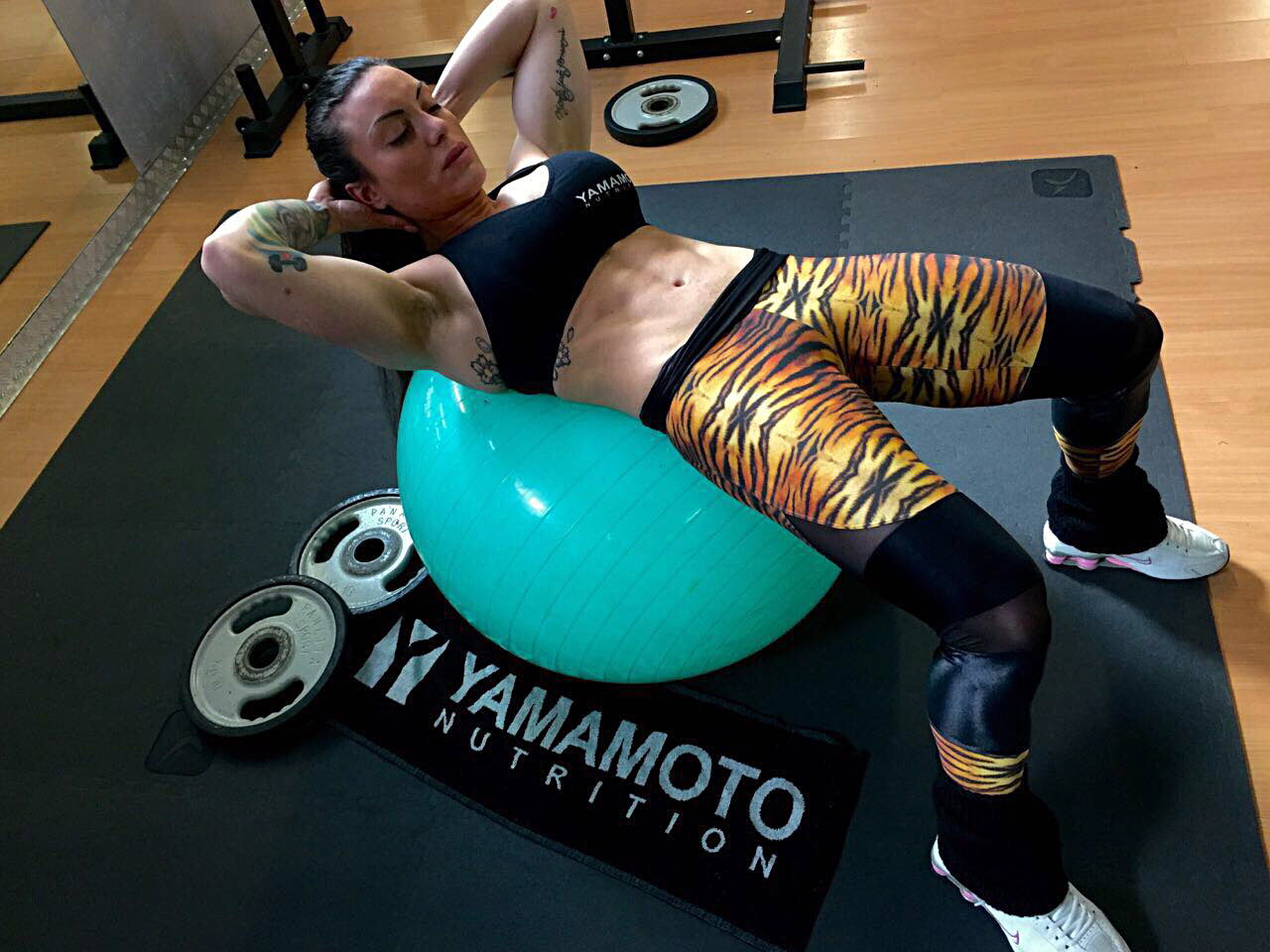
Crunch on fitball

Crunches on the floor. Suitable exercise for working the upper abs.
A brief digression:
Always starting from an anatomical premise, we can state with certainty that there are no upper and lower abs; it is always the same rectus abdominus separated by tendonous intersections. Of course it is true that something changes in performing ab exercises that are defined for the upper or lower abs, most likely in the type of contraction. Pulling your shoulders and dorsal kyphosis from the ground, legs in a "fixed" (resting) position, the contraction starts from above, while doing exercises where the pelvis is moved with a fixed upper body, the contraction comes from below.
Keep two things in mind:
1. Blocking your legs, for example on a sit-up bench, something we've all seen time and time again, certainly allows us to be able to apply more force, but already this fact shows us that we are engaging more muscles. And this is where the iliopsoas action takes over, assisted by the rectus femoris.
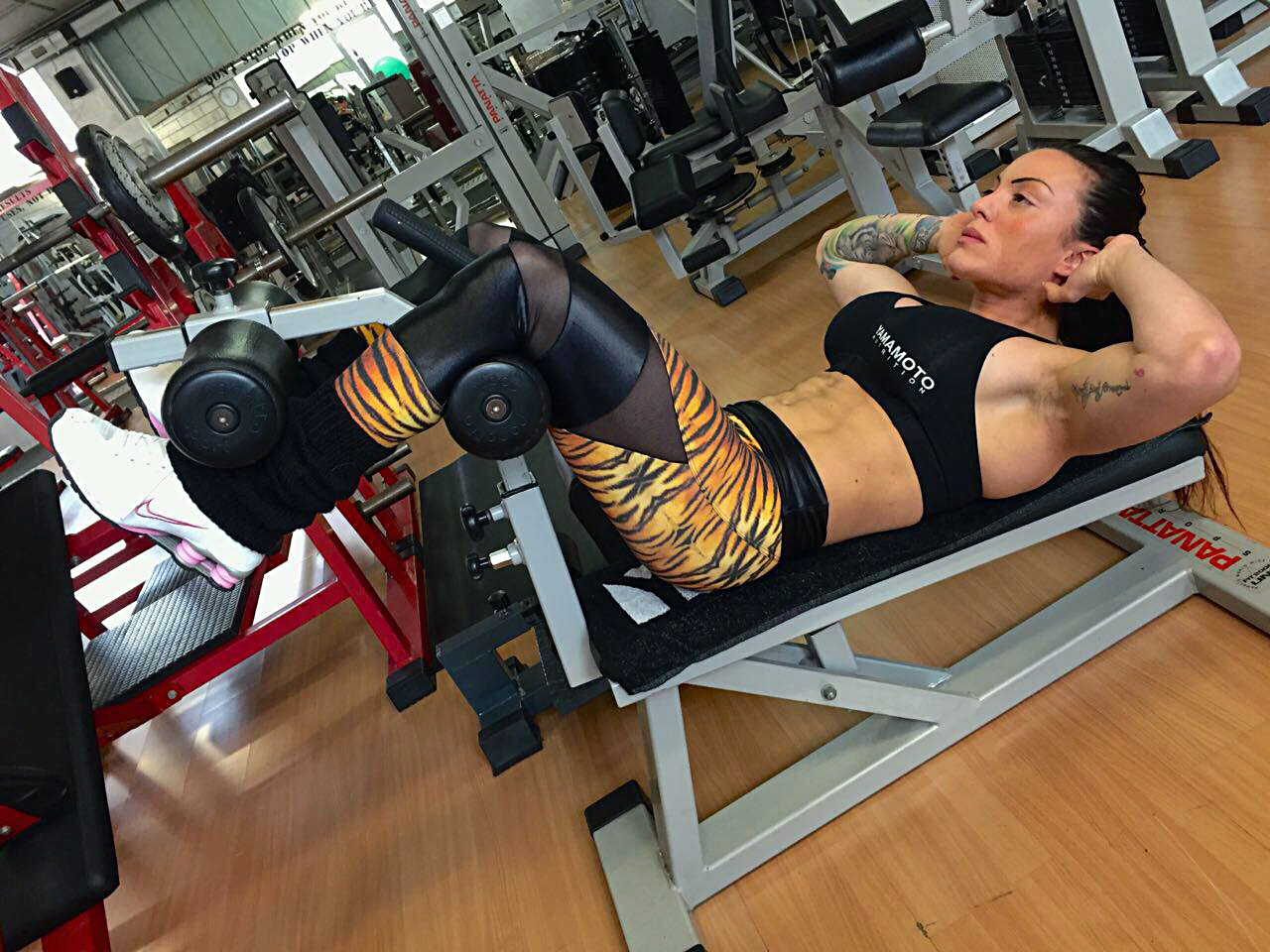
The function of the rectus abdominis, in a classic crunch on the ground, is to lift the upper body about 30°. This is easy to spot in training because it represents the point at which your shoulder blades begin to come off the ground. From this angle, any additional movement is caused by the flexor muscles of the thigh, among which the most important is the iliopsoas.
2. You do not need to touch your head to your legs, this is actually not recommended. If you closely observe the movement, you will notice that the column's bending implemented by the rectus goes along with a thigh flexion on the pelvis; in this case the pelvis flexion on the thigh (anteversion) is implemented by the usual two contractile organs.

Crunches on the floor. No need to touch your head to your legs.
Example No. 2: reverse crunches
The classic reverse crunch, expressed in its many versions, is an excellent exercise to work the contraction of the rectus abdominis' distal end, but it is difficult to do perfectly.
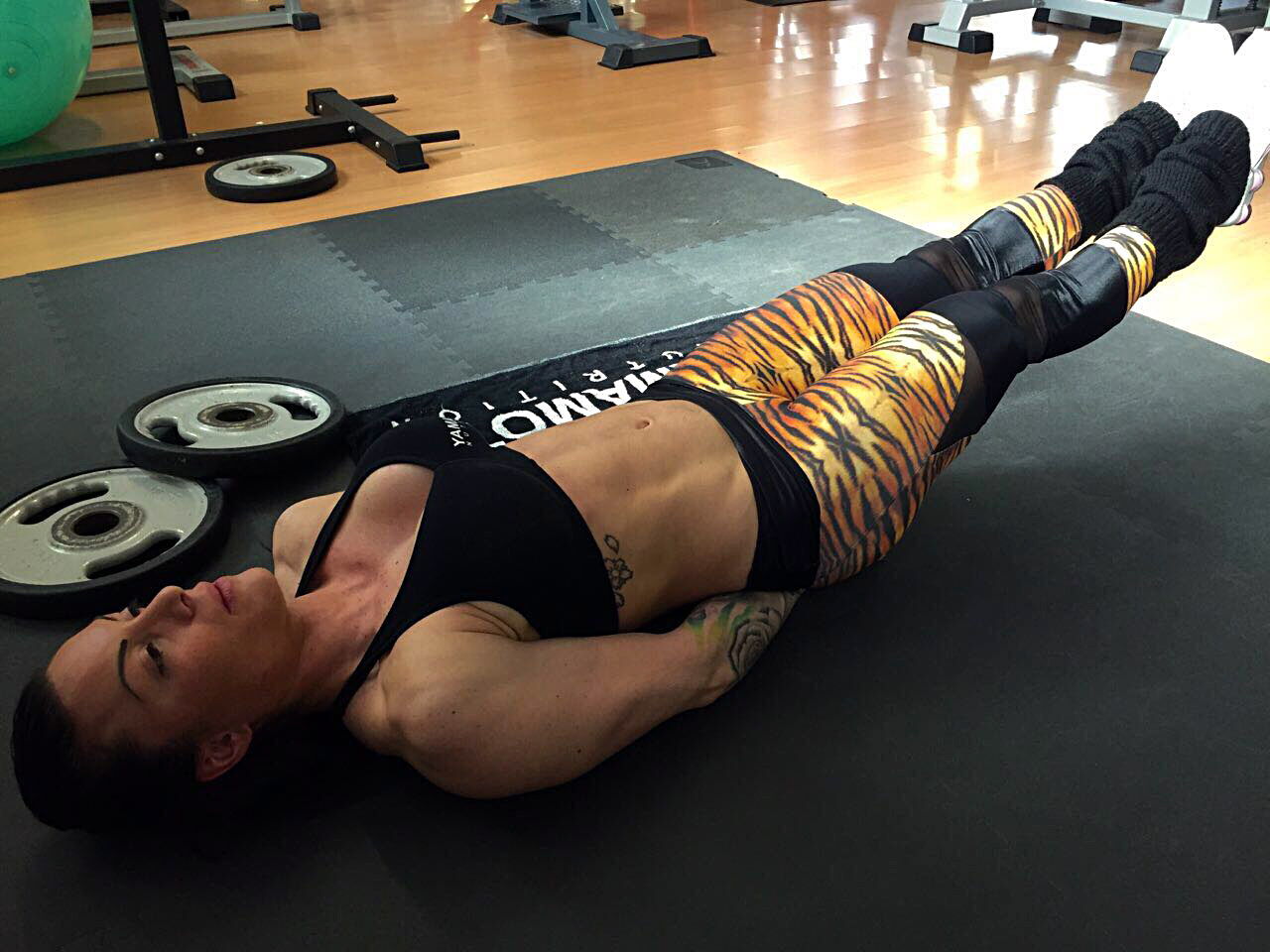
Reverse crunch lying down
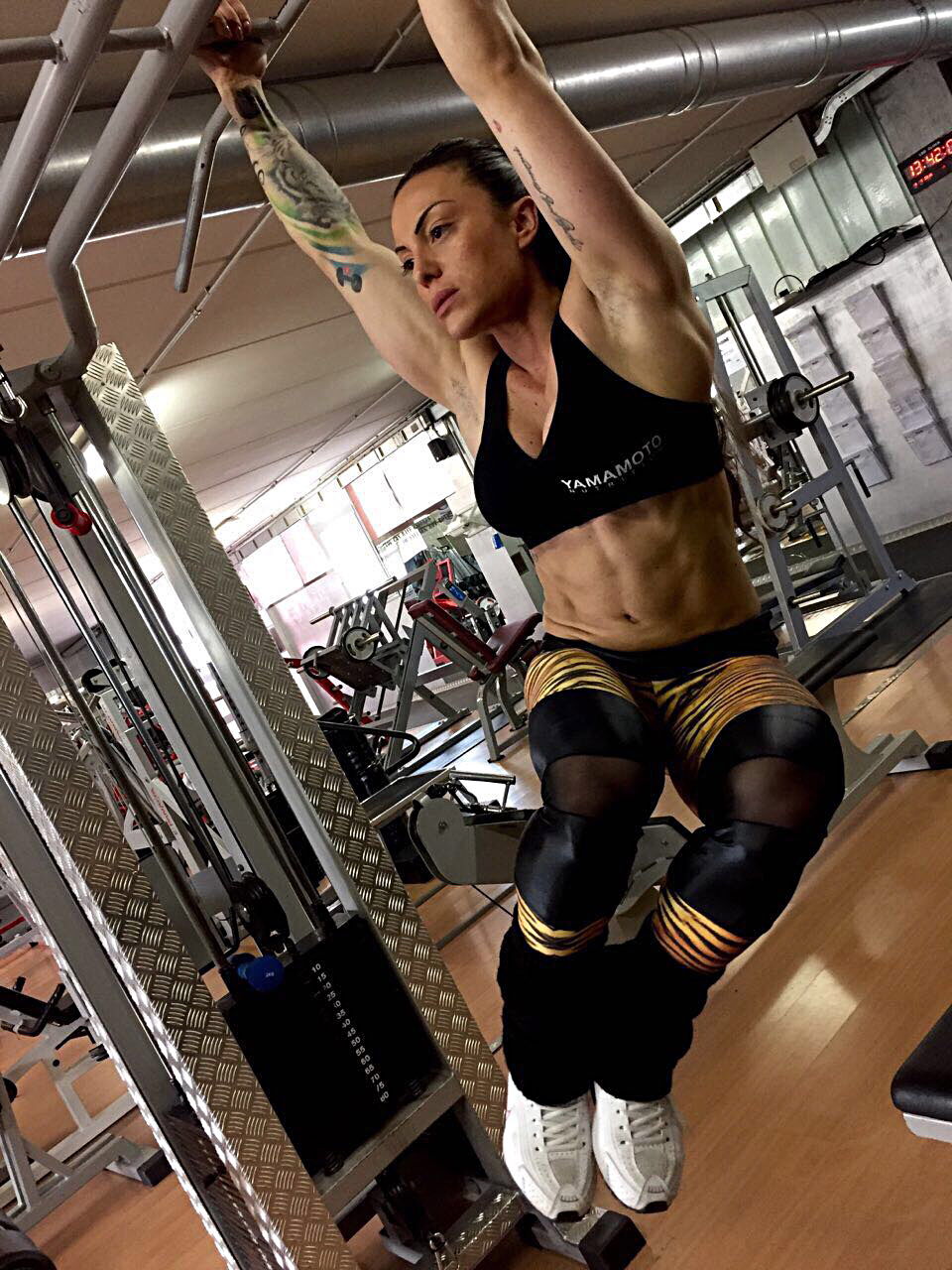
Hanging leg raises
Some points to take into consideration
1. When doing Ab exercices while lying down and also while hanging, moving the thigh-pelvis angle triggers the mechanism described above in the iliopsoas and rectus femoris. Therefore, for simplicity, but not completely necessary, blocking the thigh-pelvis angle at 90 degrees is recommended
2. At this point it should be clear: the movement must only be in the spine flexion, in order to feel, in essence, the movement of the pelvis forward and backward.
Example No. 3: isometric training of the abdominal muscles
Isometric training of the abdominal muscles.
A very useful exercise, especially in the field of performance and postural rehabilitation, as the muscles stimulated show a significant increase in force.
Put yourself exactly in the retracted position in the figure, keeping your knees straight, buttocks contracted, and your back flat and hold it until exhaustion.
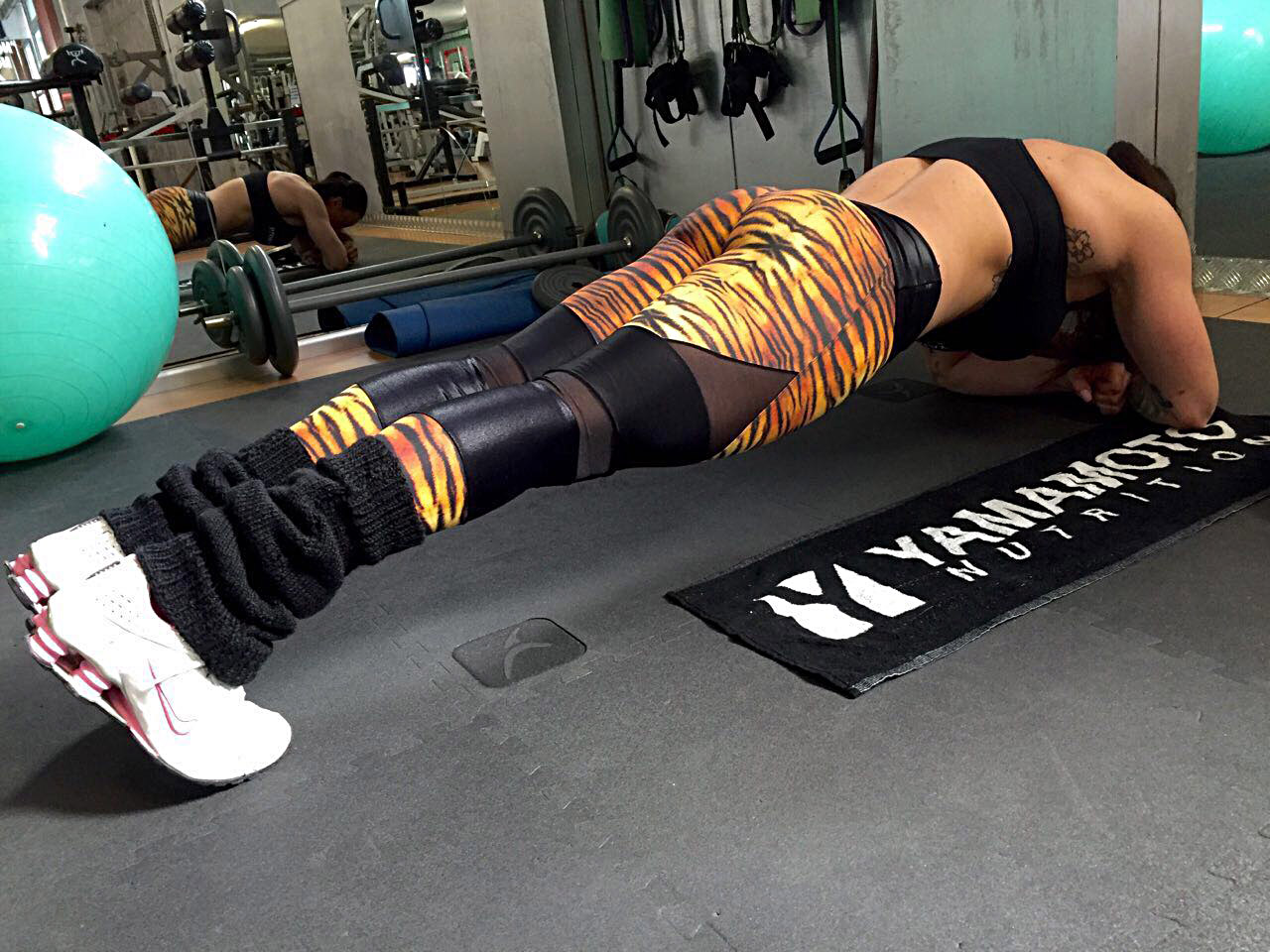
Isometric exercise from the prone position
